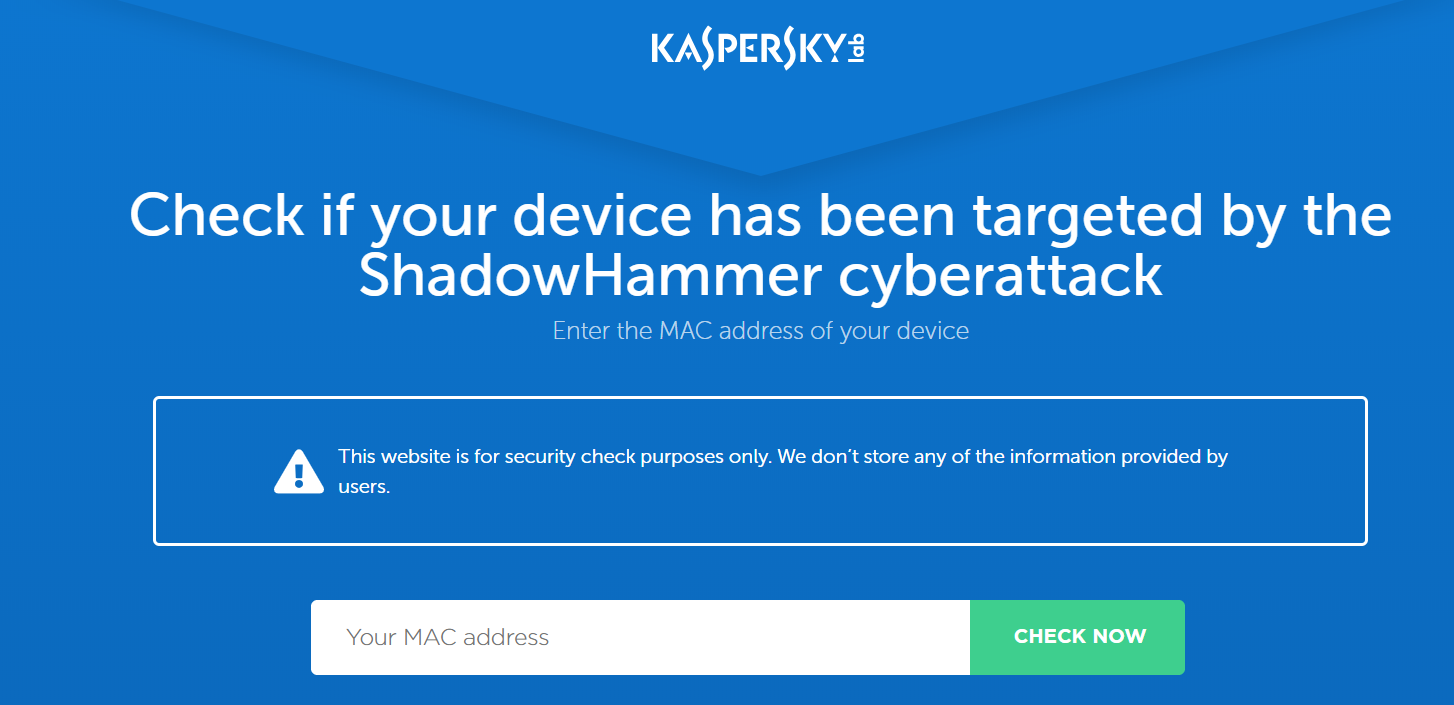

But the download path for the malware samples Kaspersky collected leads directly back to the ASUS server, Kamluk said. He noted that ASUS denied to Kaspersky that its server was compromised and that the malware came from its network when the researchers contacted the company in January. “This attack shows that the trust model we are using based on known vendor names and validation of digital signatures cannot guarantee that you are safe from malware,” said Vitaly Kamluk, Asia-Pacific director of Kaspersky Lab’s Global Research and Analysis Team who led the research. Although most attention on supply-chain attacks focuses on the potential for malicious implants to be added to hardware or software during manufacturing, vendor software updates are an ideal way for attackers to deliver malware to systems after they’re sold, because customers trust vendor updates, especially if they’re signed with a vendor’s legitimate digital certificate.

Last year the US launched a supply chain task force to examine the issue after a number of supply-chain attacks were uncovered in recent years. The issue highlights the growing threat from so-called supply-chain attacks, where malicious software or components get installed on systems as they’re manufactured or assembled, or afterward via trusted vendor channels. They were trojanized, or malicious updates, and they were signed by ASUS." “We saw the updates come down from the Live Update ASUS server. In the meantime, Kaspersky has published some of the technical details on its website. The company plans to release a full technical paper and presentation about the ASUS attack, which it has dubbed ShadowHammer, next month at its Security Analyst Summit in Singapore. Kaspersky Lab said it uncovered the attack in January after adding a new supply-chain detection technology to its scanning tool to catch anomalous code fragments hidden in legitimate code or catch code that is hijacking normal operations on a machine. Once on a system, if it found one of these targeted addresses, the malware reached out to a command-and-control server the attackers operated, which then installed additional malware on those machines. The malware searched for targeted systems through their unique MAC addresses. The researchers estimate half a million Windows machines received the malicious backdoor through the ASUS update server, although the attackers appear to have been targeting only about 600 of those systems. ASUS, a multi-billion dollar computer hardware company based in Taiwan that manufactures desktop computers, laptops, mobile phones, smart home systems, and other electronics, was pushing the backdoor to customers for at least five months last year before it was discovered, according to new research from the Moscow-based security firm.


 0 kommentar(er)
0 kommentar(er)
